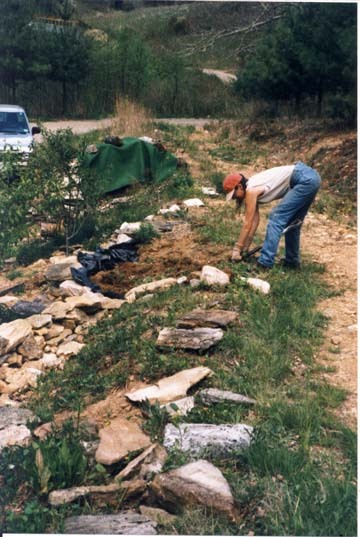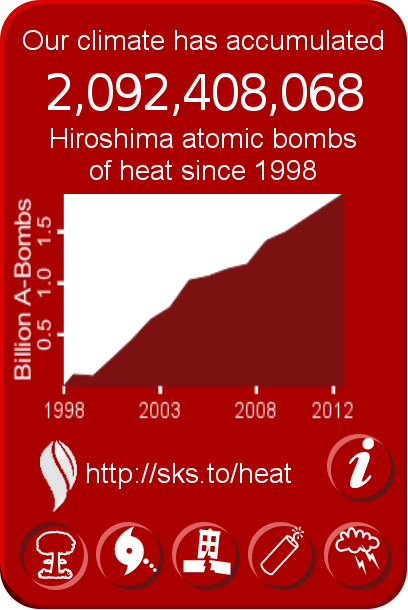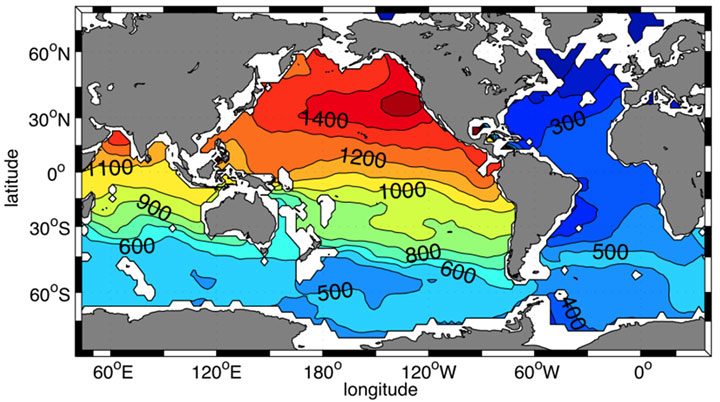



I did a quick survey (I plan on a more scientific one soon), and I estimate we easily have over a million new pacific oysters on our beach alone! I, (nor anyone else I know), remember anything like this, and we go back over 70 years.
The density rate seems to be 10-30 per square foot. Right now, they are 1"-2" across and look healthy. Besides food, the beneficial filtering should provide a huge environmental boost to the South Sound.
When I first saw them, I thought someone up the beach had seeded and the oysters drifted down to our beach (this happened once before around forty years ago). However, after one of my relatives talked with Taylor Shellfish, it turns out the phenomena was widespread.
Sometimes things do turn out OK. So far this global warming thing seems to be working out for us, beautiful weather, and now oysters! <with tongue in cheek>









